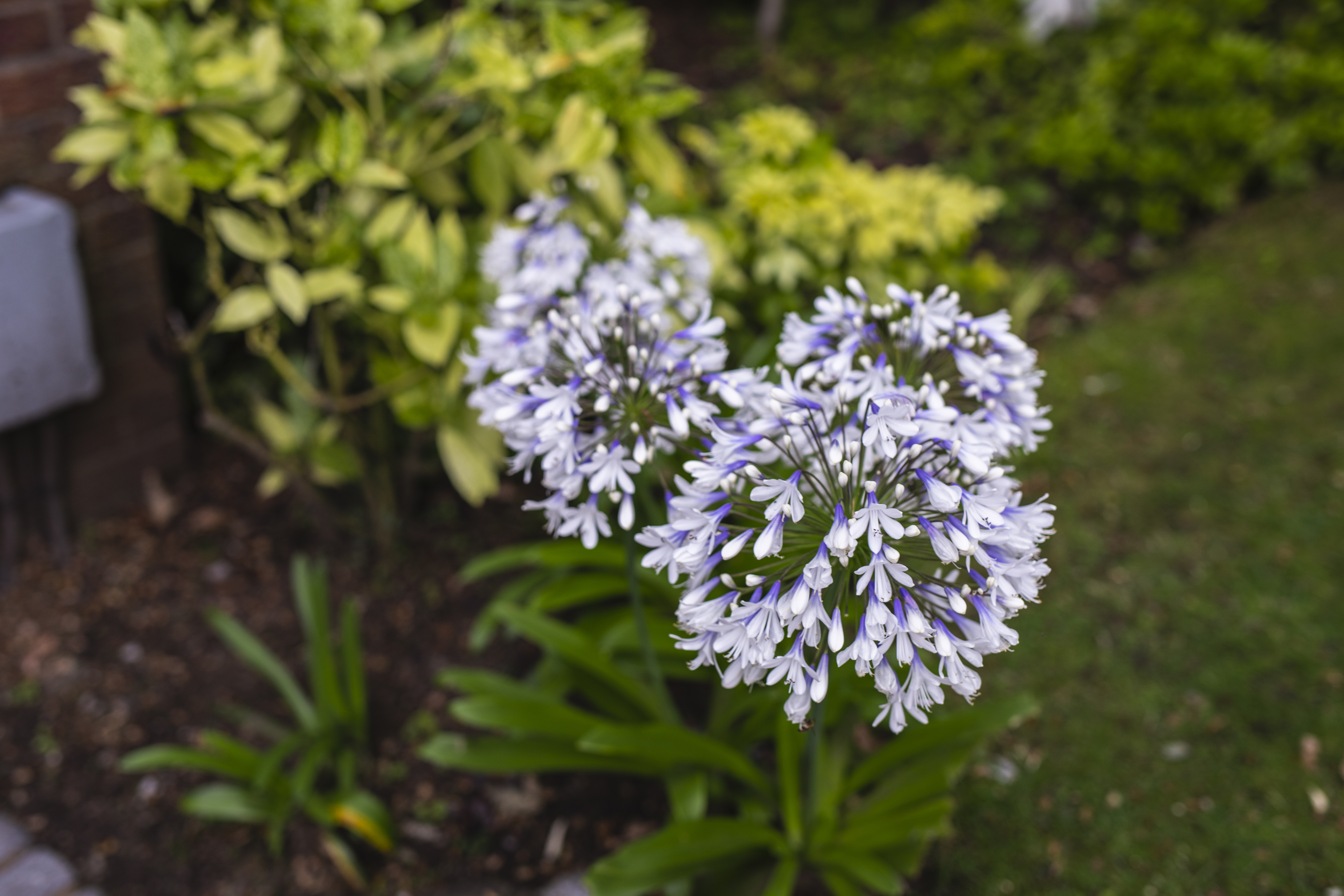
Magic Lanterns-Fritillaries
Magic lanterns, otherwise known as fritillaries are easily grown and come in all different sizes. They provide a fresh new spring look to private gardens, and can also give an exotic look to any commercial property. In appearance, they have large healthy stems, shiny leaves, and striking hanging bells.
Another beautiful type of Fritillaria if the Raddeana. This subtle plant grows between 3 and 4 feet tall and is a superb pale green colour. As professional Gardeners and Landscapers, at JHPS Ltd we believe that grouping these different types of Fritillaries together, brings out the best of spring in every garden as they provide wonderful colours and beauty to every landscape.
Snakeshead fritillaries
Snakeshead fritillaries grow in patches of grass both big and small. They share the fresh grass with other plants such as buttercups and cowslips.
Where to grow
Snakeshead fritillary bulbs can be planted in the front of borders. Unlike most bulbs, Snakeshead fritillaries grow in heavy soils where they are most likely to be seen growing wild in April and May. It also thrives with a bit of moisture and in some instances can even self-sow on thin chalk.
Tips for planting Fritillaries
- They grow better if the grass is short
- Mow the grass once growth has slowed in the (autumn) and then plant
- Scatter the bulbs and plant each one where it falls
- Plant Fritillaries 6-8inches deep.
If you require more information on Magic Lanterns then please contact us on our Free Phone Number 0800 0937 926 or Head Office 01782 396168.
Plant and divide Ornamental Grasses
- Whether providing garden maintenance in Stone or Nantwich, Blue Iris Landscapes feel that partnering autumn sunshine grasses with late-flowering perennials is an attractive sight worth creating in any garden no matter the size.
- In autumn we feel it is important to differentiate between grasses best for warm-season or for the cold season.
- Grasses that are primarily from warmer climates often will fail and languish in the spring if planted at the beginning of a harsh winter.
- Now is the time to lift, and then divide clumps with back-to-back forks. Some grasses can be pulled apart or may need to be cut.
- Leaves and plants collapsing owing to eaten roots is evidence of vine weevils at work.
- August-September is the best time to apply a compost drench to container-grown plants to control the bugs that destroy the roots.
- For containers, good results can be obtained with biological controls.
- To avoid other vine weevil infestations in glasshouses and containers, keep the surrounding area tidy to destroy hiding places.
Blue Iris recommend the growth of kiwi fruit-Best varieties
-
- A sheltered, sunny position is the ideal spot to plant kiwis.
- Plant in well-drained, fertile, slightly acidic soil.
- Enrich the soil with well-rotted garden compost or manure.
- Always provide much water and mulch with organic matter. (Try to avoid contact with the stems as this can lead to rotting).
How to grow Fuchsia
The red and purple pendant bells of fuchsia ‘Brutus’ can still be seen in November if the frost stays away during September and October. Fuchsias are resourceful plants and grow best against west-facing walls which are sheltered, or in the speckled shade. ‘Brutus’ is a short bushy variety that stretches to just over 2ft so it is not suitable as hedging material. Up until the First World War, fuchsias were grown in France, Germany, and Britain, however, the fuchsia varieties that are grown now come from the golden era, which is a unique factor as most 100-year-old fuchsia varieties have been pending or lost completely.
Growing tips
Fuchsias enjoy fertile soil and rainfall, as they tend to thrive in the wetter more western Britain. This hardy fuchsia peaks in late August and September. IF planted then it can Succumb to winter weather purely and simply because there hasn’t been enough time for the roots to properly develop.
Three solutions are:
-
- Prepare the ground in advance before planting and add organic matter
- If planting in late summer or early autumn, apply an insulating layer of bark.
- Many fuchsias die down to the base during winter. Once new shoots appear, trim off the old wood.
If you have any more gardening related questions then please don’t hesitate to get in contact with on one of the following: –
Free Phone: 0800 0937926
Head Office: 01782 396168
Email: info@blueirislandscapes.co.uk
